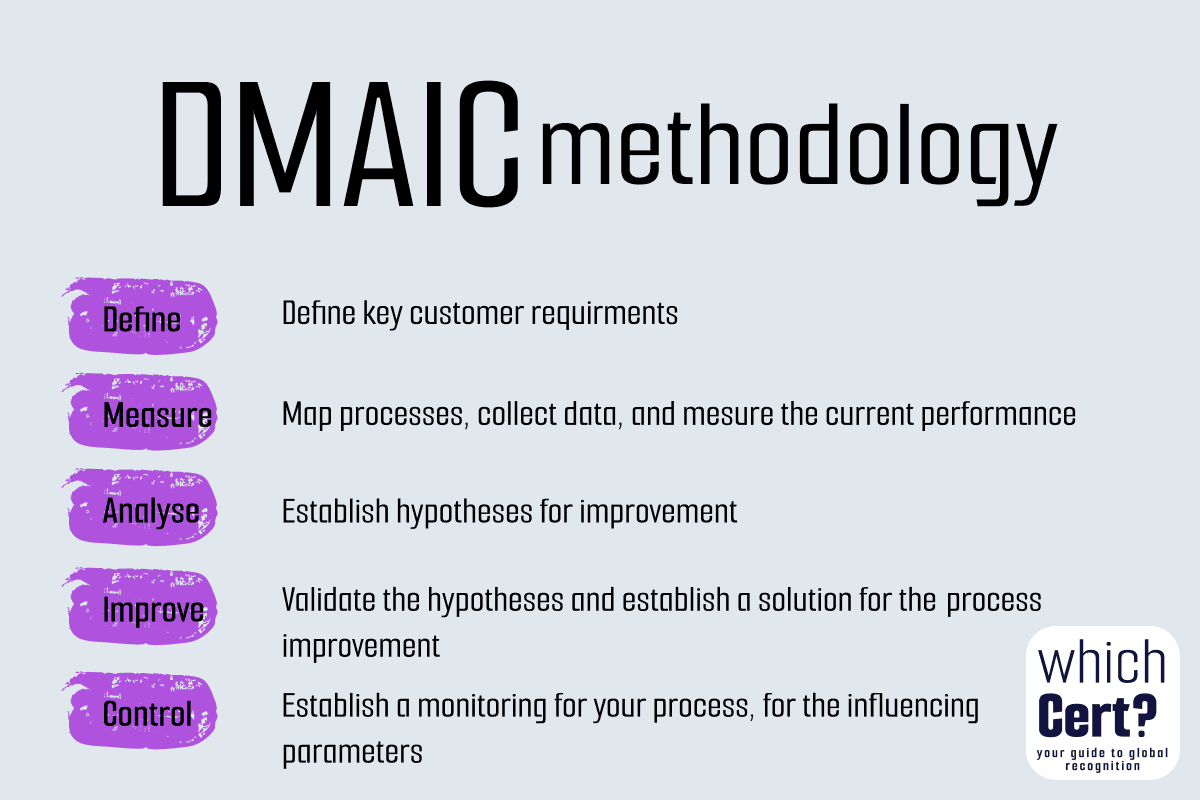Six Sigma belts? is it judo? When I was young, I thought Black Belts were only for judo. Years later, when I discovered quality engineering and particularly Six Sigma jobs, I realized the belts also exist in business — and they can transform your career and sometimes, Lean Six Sigma Belts are even more attainable than earning a martial arts belt.
In this post, I’ll answer what are the different levels of Six Sigma? You’ll see how each belt builds on the previous one and what kind of roles, knowledge, and salaries are expected at every stage.
Lean Six Sigma Belt Levels Summary
| Belt Level | Description | Key Roles | Typical Salary Range |
|---|---|---|---|
| White Belt | Introductory awareness-level training; certificate of completion; not accredited | — | N/A |
| Yellow Belt | Basic Six Sigma tools; participates in DMAIC phases | Team member; assists with Define and Measure | $55,000–$95,000 |
| Orange Belt | Intermediate, organization-specific level; not universally recognized | — | Varies |
| Green Belt | Applies advanced tools part-time; leads smaller DMAIC projects | Project lead under Black Belt guidance | $91,000–$135,000 |
| Black Belt | Full-time project leadership; advanced statistical methods | Leads complex DMAIC projects; mentors Green Belts | $109,000–$147,200 |
| Master Black Belt | Organizational strategist; senior mentor and trainer | Oversees multiple projects; trains Black Belts | $141,000–$186,000 |
Introduction
Six Sigma projects are primarily focused on process improvement. They begin with a clearly defined problem and aim to deliver a solution—though not always quickly! These initiatives are data-driven, often involving the collection and analysis of large datasets, which can resemble pure statistical work. At the same time, they may include client interviews, giving the impression of a marketing endeavor. In truth, Six Sigma encompasses all of these aspects. It’s a multidisciplinary approach that requires collaboration; no single individual can successfully execute such a project without the support of a dedicated team.
In this article, you’ll discover how each Lean Six Sigma belt level builds upon the previous one—starting from White Belt, progressing through Yellow Belt, Green Belt, Black Belt, and culminating in the Master Black Belt.
What are the Different Levels of Six Sigma?
If you ask how many belts are in Lean Six Sigma? you may hear 4 belts (Yellow, Green, Black, Master) and sometimes 3 (for accreditations that don’t include Master Black Belt), but rarely you’d see the White belt listed.
Explore how to nail Lean Six Sigma Certification!
Lean Six Sigma White Belt (or LSS White Belt, where “L” refers to “Lean”) is not an accredited by all major bodies. They may have awareness-level training courses, sometimes called White Belt training, which they often offer as a Six Sigma free course, but it’s more like a certificate of completion rather than an accredited Lean Six Sigma certificate.
Since this certification isn’t accredited by every accreditation association, you can start your journey directly with the Yellow Belt.
Some organizations also offer an intermediate Six Sigma Orange Belt between the Yellow and Green levels, although it is not universally recognized.
Finally, The Council of Six Sigma (Six Sigma accreditor) has intermediate levels for Six Sigma Green Belts Certification and for the Black Belts.
Lean Six Sigma Professionals’ Roles in a DMAIC Project
The most common structure for Six Sigma projects is the DMAIC methodology, which stands for Define, Measure, Analyze, Improve, and Control.

It is a structured, data-driven approach to process improvement, where teams start by defining the problem, measuring current performance, analyzing root causes, implementing improvements, and then establishing controls to sustain the gains. This structure is consistent whether you are pursuing a Lean Six Sigma Yellow Belt, Six Sigma Green Belt (not LSS GreenBelt), or higher Six Sigma certification levels.
In a DMAIC project, success depends not only on the methodology itself but also on the collaboration of professionals with different levels of Six Sigma training and responsibility. Each level comes with different salary expectations based on expertise and responsibility (https://www.6sigmacertificationonline.com/six-sigma-salaries/). Below are Six Sigma Belts and non Six Sigma key roles typically involved in a DMAIC project:
Lean Six Sigma Belts’ Roles
Certified Lean Six Sigma Master Black Belts
Full-time Six Sigma experts; plan and oversee organizational DMAIC efforts, train and mentor Black Belts, and provide advanced technical guidance.
Salary range: $141,000 – $186,000
Certified Lean Six Sigma Black Belts
Lead DMAIC projects full-time, apply advanced tools and methods, train and guide Green Belts, and ensure project success.
Salary range: $109,000 – $147,200
Certified Lean Six Sigma Green Belts
Work part-time on DMAIC projects, integrate Six Sigma tools into daily work. A professional who is Lean Six Sigma Green Belt Certified can lead smaller improvement projects under Black Belt guidance.
Salary range: $91,000 – $135,000
Certified Lean Six Sigma Yellow Belts
Team members trained in basic Six Sigma and quality awareness; contribute specific expertise and support DMAIC phases as needed.
Salary range: $55,000 – $95,000
Non Lean Six Sigma key Professionals’ Roles in DMAIC projects
Executive Leaders
Provide top-down commitment, create vision and goals, allocate resources, and ensure organizational support for DMAIC projects.
Project Sponsors (Champions)
Identify and prioritize project opportunities, approve projects, provide resources, and remove barriers to DMAIC execution.
Financial Representatives
Independent of the project team; evaluate project costs, calculate savings, and report financial benefits from DMAIC improvements.


